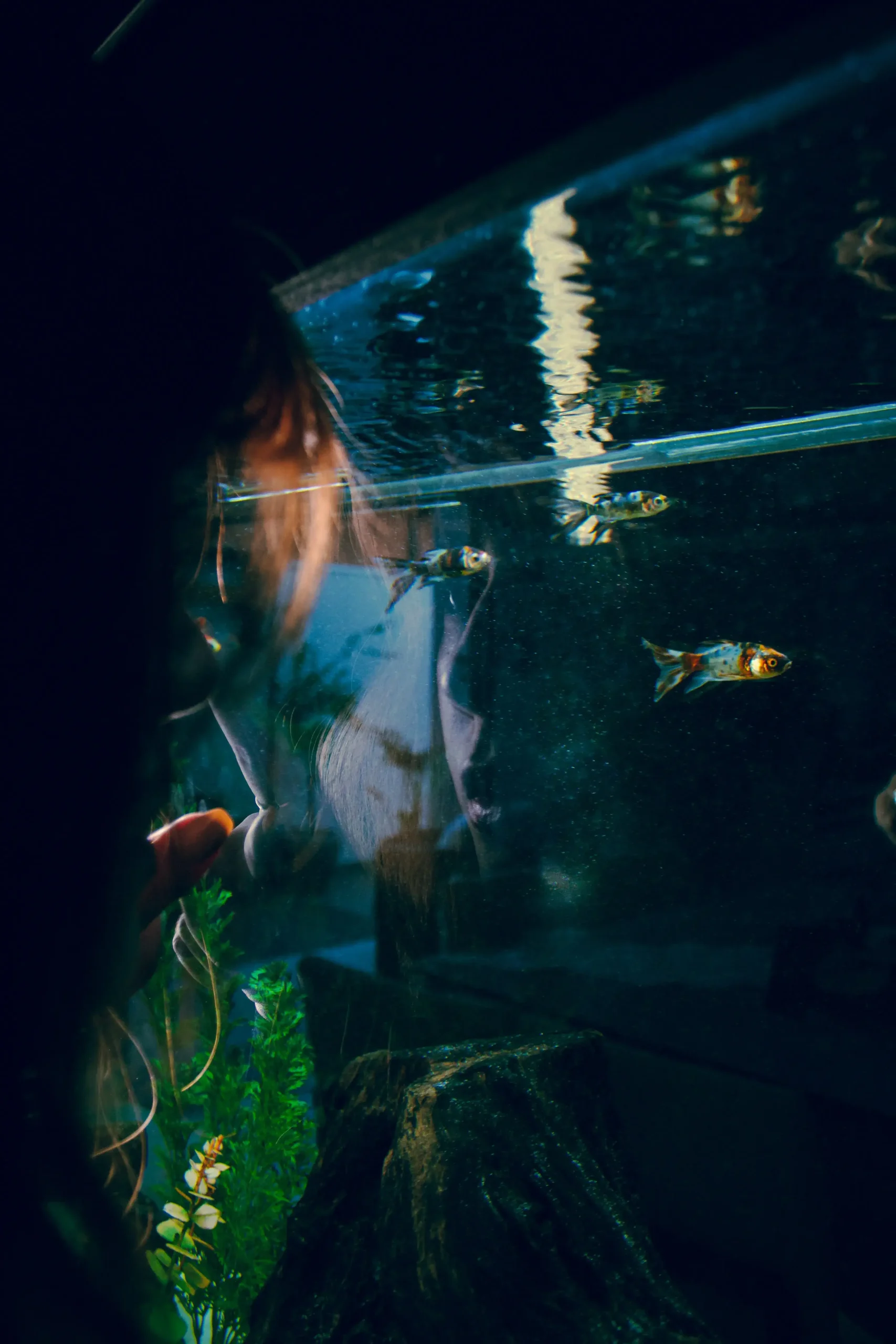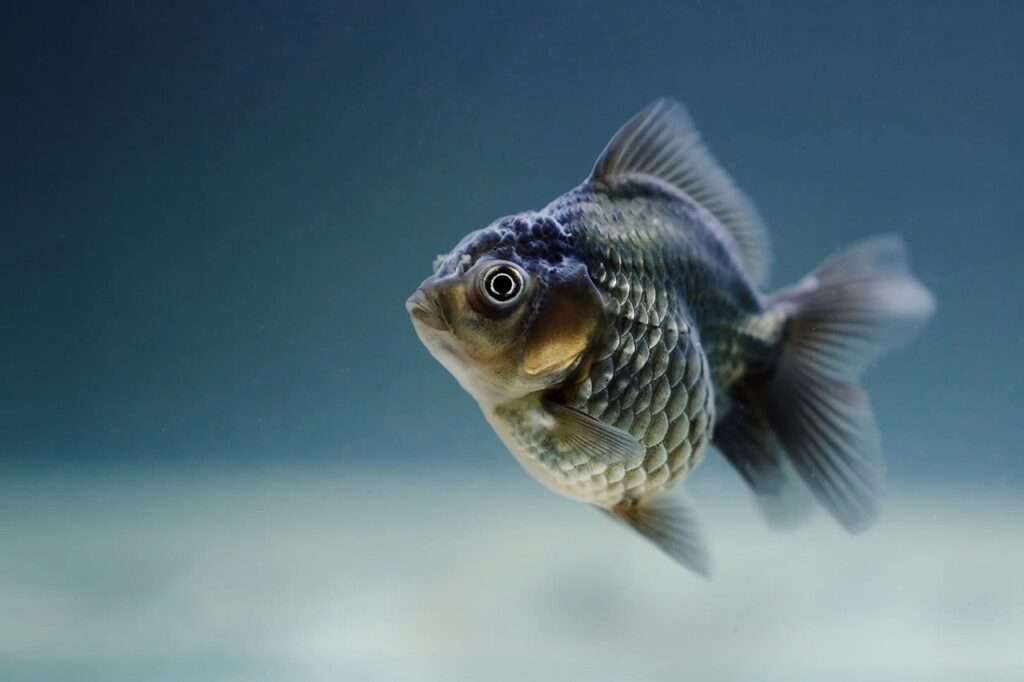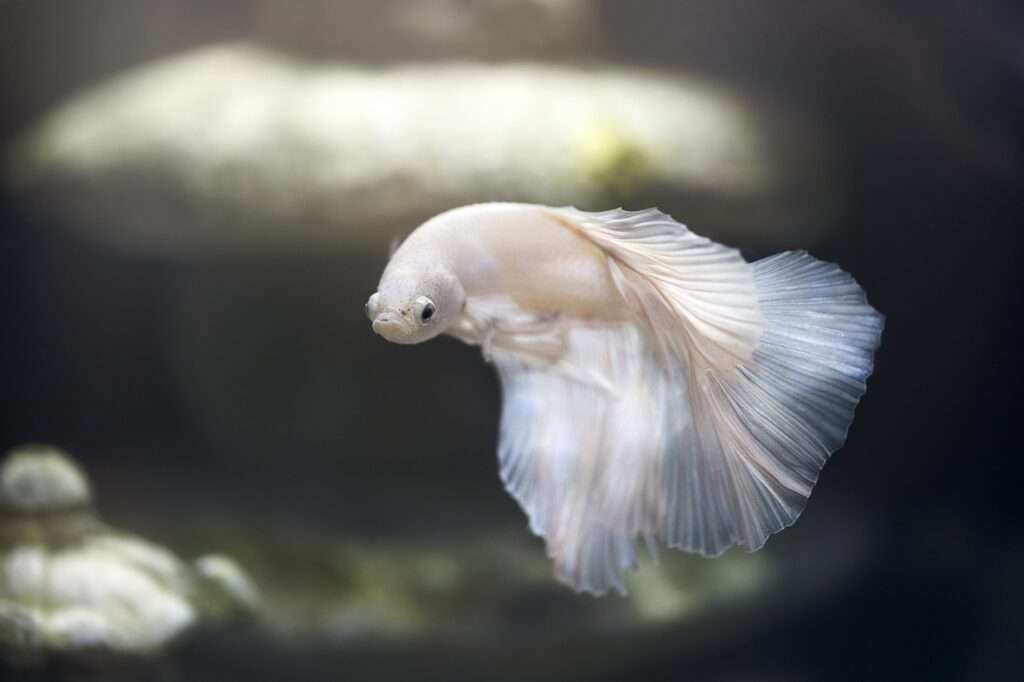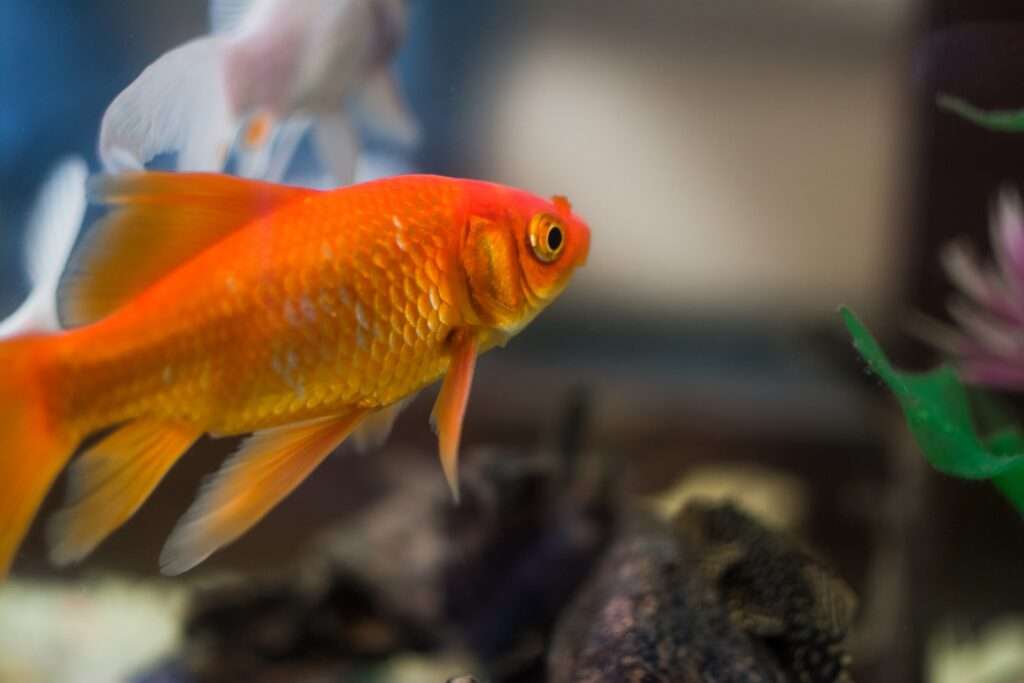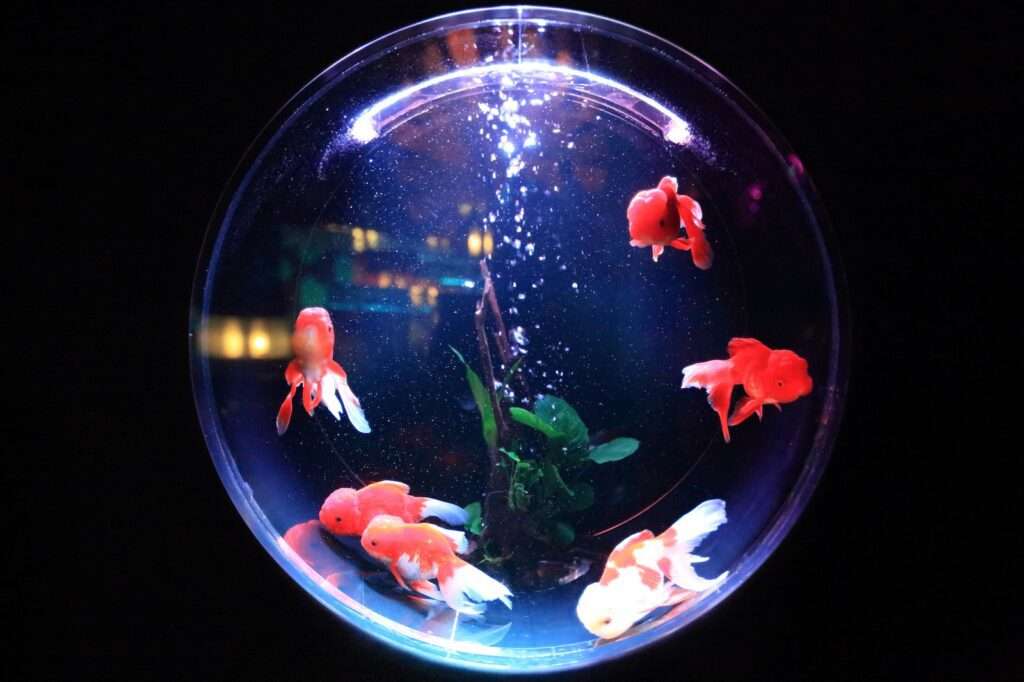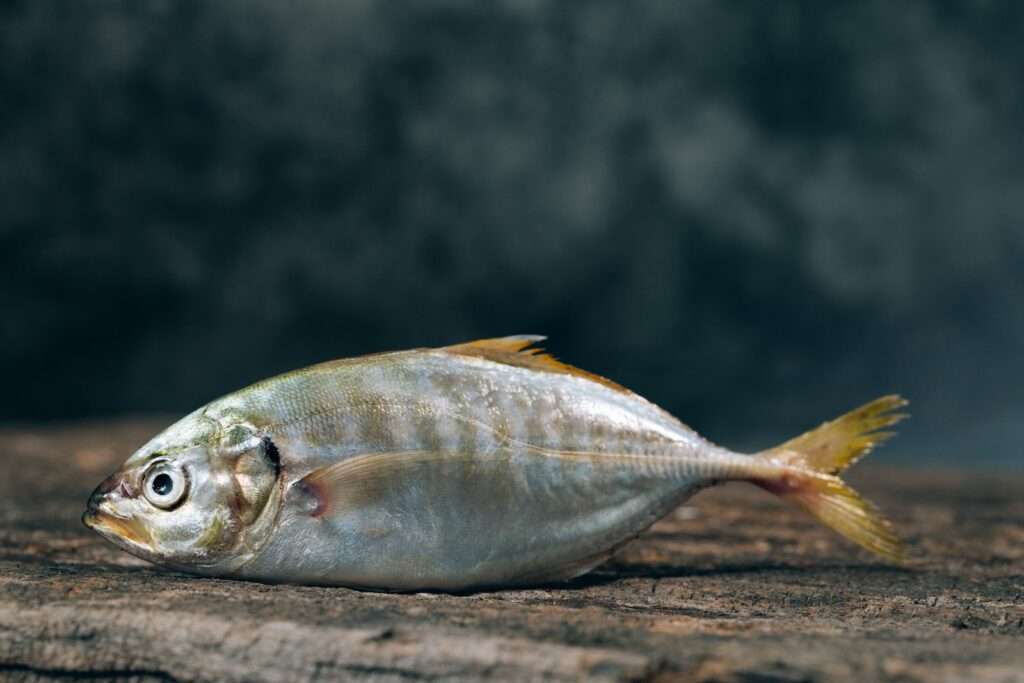Title: Managing and Preventing Fish Aggression: A Comprehensive Guide
Introduction
Fish aggression is a common issue that can arise in aquariums, causing stress and harm to the fish involved. In this article, we will explore effective strategies to manage and prevent fish aggression, ensuring a harmonious and healthy environment for your aquatic friends. Additionally, we’ll address frequently asked questions to provide a well-rounded understanding of this topic.
Understanding Fish Aggression
Fish aggression refers to aggressive behavior exhibited by fish towards other tank inhabitants. This behavior can range from chasing, fin nipping, and territorial disputes to outright physical attacks. Fish aggression is primarily driven by instinct, competition for resources, mating behaviors, and establishing dominance within the social hierarchy.
Factors Influencing Fish Aggression
Several factors can influence the occurrence and intensity of fish aggression. These factors include:
1. Tank size and layout: Insufficient swimming space or a poorly designed tank layout can lead to heightened aggression levels as fish feel cramped and unable to establish territories adequately.
2. Overcrowding and territorial disputes: Overpopulating the tank can increase aggression due to competition for limited resources such as food, hiding spots, and breeding areas.
3. Gender and species compatibility: Certain fish species, especially males, may exhibit more aggression towards their own or other species. Mixing incompatible species or having an imbalanced male-to-female ratio can lead to heightened aggression.
4. Inadequate hiding spots and lack of enrichment: Fish require hiding spots and areas to explore to feel secure. A lack of hiding spots and environmental enrichment can increase stress levels and trigger aggression.
Managing Fish Aggression
1. Research and Select Peaceful Fish Species
Before adding fish to your aquarium, thoroughly research their temperament and compatibility with other species. Opt for peaceful fish species that are known to coexist well with others. By selecting compatible species, you create a harmonious community where aggression is less likely to occur.
2. Provide Sufficient Space and Decorations
Ensure your aquarium provides sufficient space and hiding spots for each fish. Consider the specific requirements of each species and provide an appropriately sized tank. Incorporating hiding spots, visual barriers, and aquarium plants can help reduce aggression by creating territories and reducing direct confrontations.
3. Maintain Water Quality
Regularly test and monitor water parameters such as temperature, pH levels, ammonia, and nitrite levels. Poor water quality can stress fish and make them more prone to aggression. Perform routine water changes to prevent aggression triggers and ensure adequate filtration and oxygenation for a healthy aquatic environment.
4. Feed Fish Adequately
Provide a balanced diet that meets the nutritional needs of your fish. Malnutrition can lead to increased aggression. Avoid overfeeding, as excess food can create competition and territorial disputes during feeding time.
5. Observe and Address Early Signs of Aggression
Regularly monitor fish behavior and look out for signs of stress or aggression. These signs may include fin damage, constant chasing, or aggression towards other tank mates. If aggression persists despite preventive measures, consider temporarily removing the aggressive fish to a separate tank until the situation improves.
Preventing Fish Aggression
1. Quarantine New Fish
Quarantine newly acquired fish in a separate tank before introducing them to the main tank. This helps prevent the spread of diseases and aggression. Observe their behavior during the quarantine period to ensure they are healthy and compatible with the existing tank inhabitants.
2. Introduce Fish Gradually
Use the acclimation process when introducing new fish to the established tank inhabitants. This gradual introduction minimizes stress and aggression. Allow the fish to adjust to the new environment over a period of time, ensuring a smoother integration.
3. Maintain a Balanced Male-to-Female Ratio
Ensure there is an appropriate gender balance in the tank, especially for species that exhibit aggression due to mating behaviors. Seek advice specific to your fish species to determine the ideal male-to-female ratio.
4. Create Multiple Feeding Stations
Place multiple food sources in the tank to distribute aggression during feeding time. This reduces competition and territorial disputes, allowing each fish to feed peacefully.
Frequently Asked Questions (FAQs)
1. What are the signs of fish aggression?
Signs of fish aggression include fin damage, constant chasing, biting, nipping, or attacking other tank mates.
2. Can aggressive behavior be a result of poor water quality?
Yes, poor water quality can induce stress in fish, making them more prone to aggressive behavior.
3. How long should new fish be quarantined before introducing them to the main tank?
New fish should be quarantined for a minimum of two weeks to observe their behavior and ensure they are healthy before introducing them to the main tank.
4. Can fish aggression be completely eliminated?
While complete elimination of fish aggression may be difficult, it can be significantly reduced by following proper management and preventive measures.
5. What should I do if aggression persists despite implementing preventive measures?
If aggression persists, consider temporarily removing the aggressive fish to a separate tank. Rearranging tank decorations or seeking advice from a knowledgeable aquarium hobbyist or professional may also help resolve the issue.
Remember, each fish species has unique characteristics, so it’s essential to research and understand their requirements to prevent aggression effectively. By following these guidelines and providing a suitable environment, you can minimize fish aggression and foster a peaceful aquarium community.


